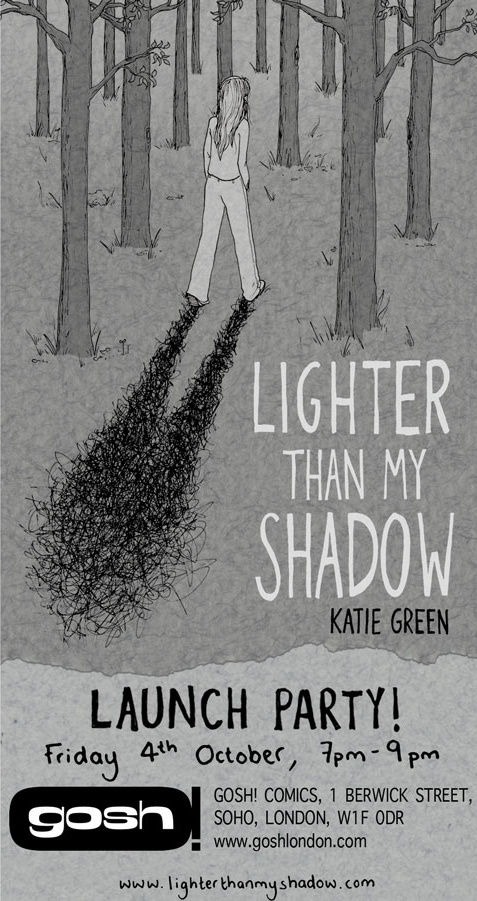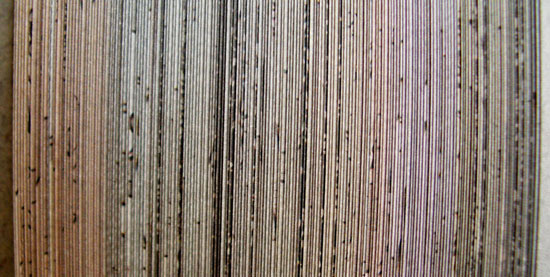Anonymous asked: When you were writing the book, how did you find the strength to work through such painful memories? How did you write through the especially difficult memories and keep going?

I’m not sure that strength is a word I would choose to describe how I worked through Lighter Than My Shadow. From the moment I first had the idea, I knew it was something I would simply have to do, and I think the doing of it was more a matter of resolution than strength.
If I’m honest, I still question whether I really was strong enough to do it. I waited years, until my eating disorder, the abuse, my recovery, was not a part of my daily life any more, not something I really had to think about. I had left it all behind. Then I made a conscious choice to go back there, to relive it and let it define my day-to-day life again, for as long as it would take me to write the book, and indeed for it to form part of my identity again once the book was out in the world. This had a powerful effect on me while writing, and continues to even now, long after the writing process has finished.
In very practical terms, there were certain parts of the book that were much more painful to work through than others. Writing about the abuse, in particular, which was much more raw and fresh in my mind than my anorexia, was a tough challenge. My natural instinct to protect myself from the memories meant every fibre of my body did not want to sit at my desk and draw what happened. In a way, drawing it felt more real than when the events themselves took place. As it happened I was traumatised, dissociated, watching as though it was happening to someone else. As I drew, I felt it happening to me, perhaps really accepted what had transpired for the first time. It is without question one of the hardest things I have ever done.
How did I keep going? Looking back, I’m not so sure! Apart from the resolution to do this thing, this idea for a book that just wouldn’t go away – and never wavered – I had a lot of support from my therapist, my friends and family, both in preparation for and during the drawing of those chapters. I also came up with some slightly laughable but very helpful strategies. Not surprisingly, I often found I was disturbed and discomfited by things I was drawing and had drawn. When there were several panels on a page I would tape paper over all but the one I was drawing at any given moment, hiding it from my peripheral vision. Sometimes I even isolated as little as a square inch of paper to work on so I could focus on just a fragment, not letting myself see (and therefore feel) the whole thing.
Most of all – and anyone who is in recovery will surely understand this – my greatest tool, and my greatest challenge, was remembering to be kind to myself. As I immersed myself month after month in my past, old thought patterns began to resurface. Self-hatred, perfectionism, disgust at my body – things I thought I had long left behind – became real and present again. I began to question whether I had made any progress at all. When feelings like that creep in, it’s the hardest thing in the world to be nice to yourself. Taking my time, allowing myself to admit it was difficult. Practicing a moment-by-moment awareness that I was doing a hard thing, yet keeping doing it. Exactly like recovery itself.
I’m still practicing.
A short while ago I invited questions about any aspect of Lighter Than My Shadow, or the process of creating it, an offer which is very much still open. If you have something you’d like to ask, please do contact me and I’ll try to answer it in an upcoming blog post. This post is the first of my responses to those questions.





















